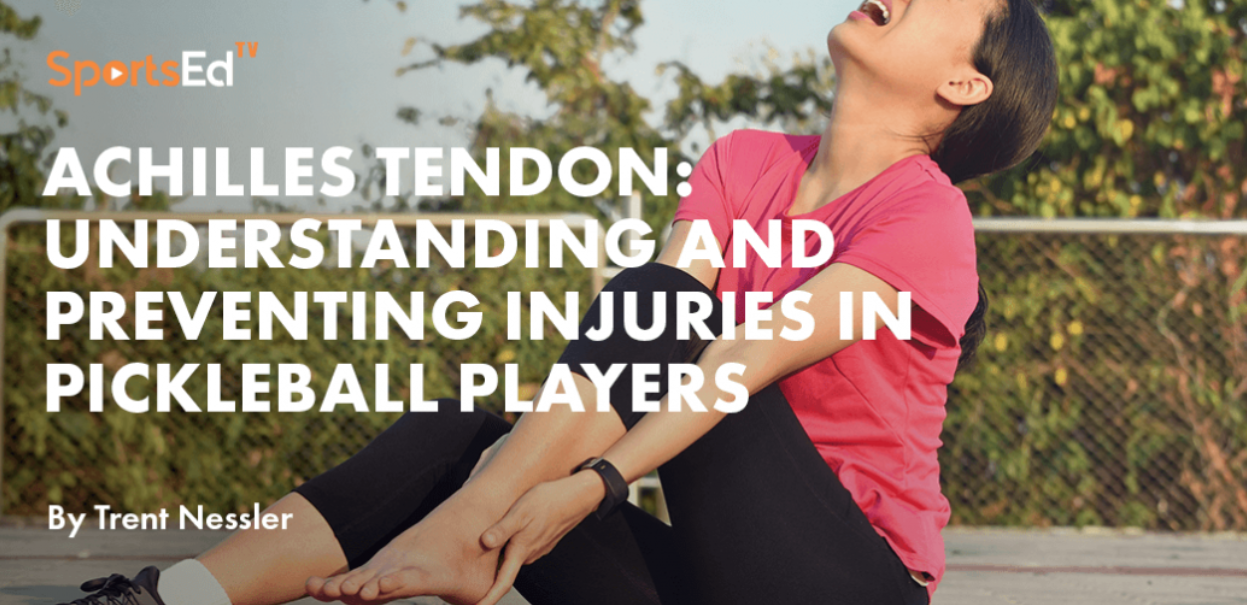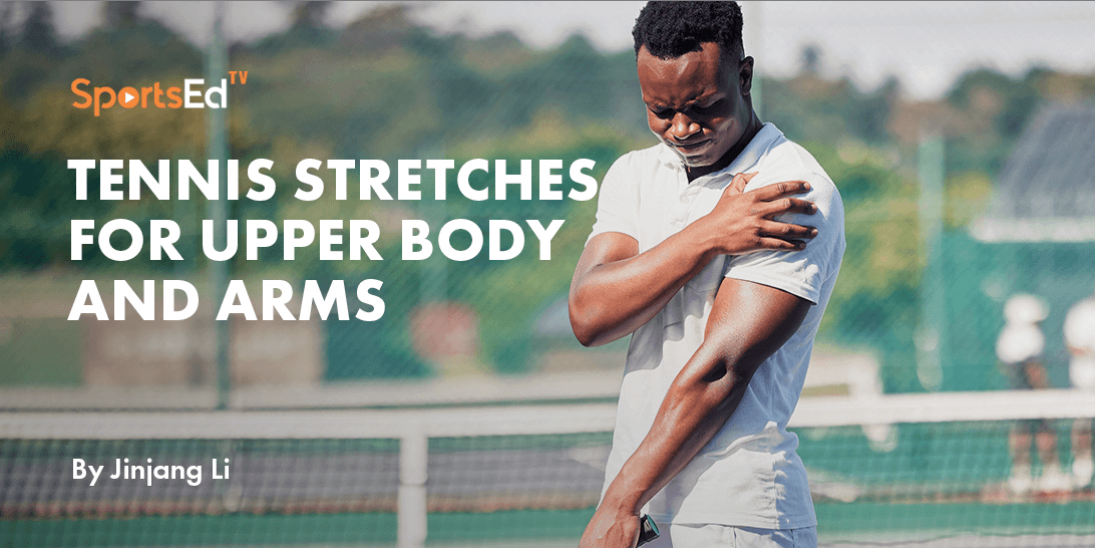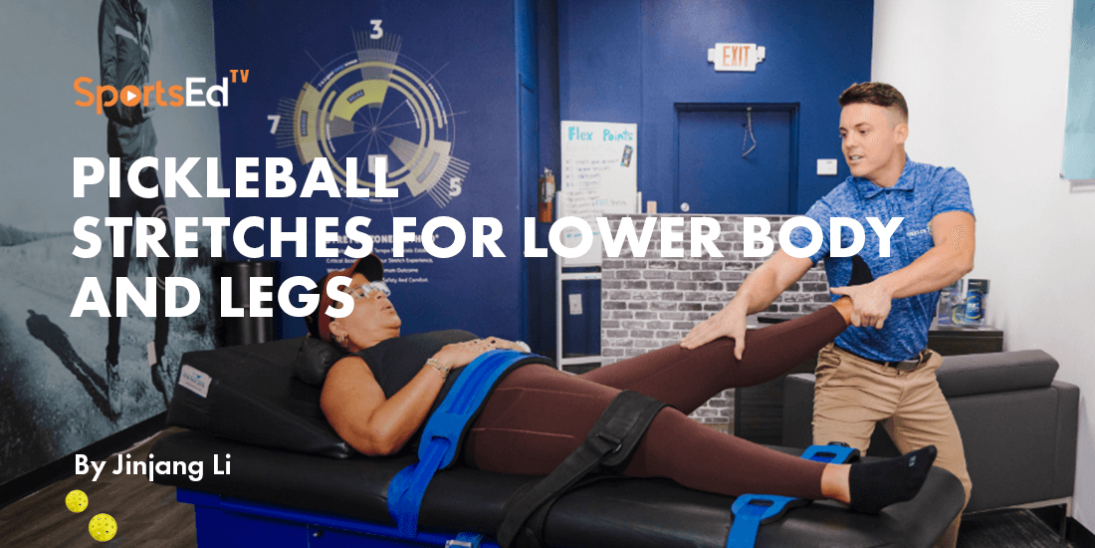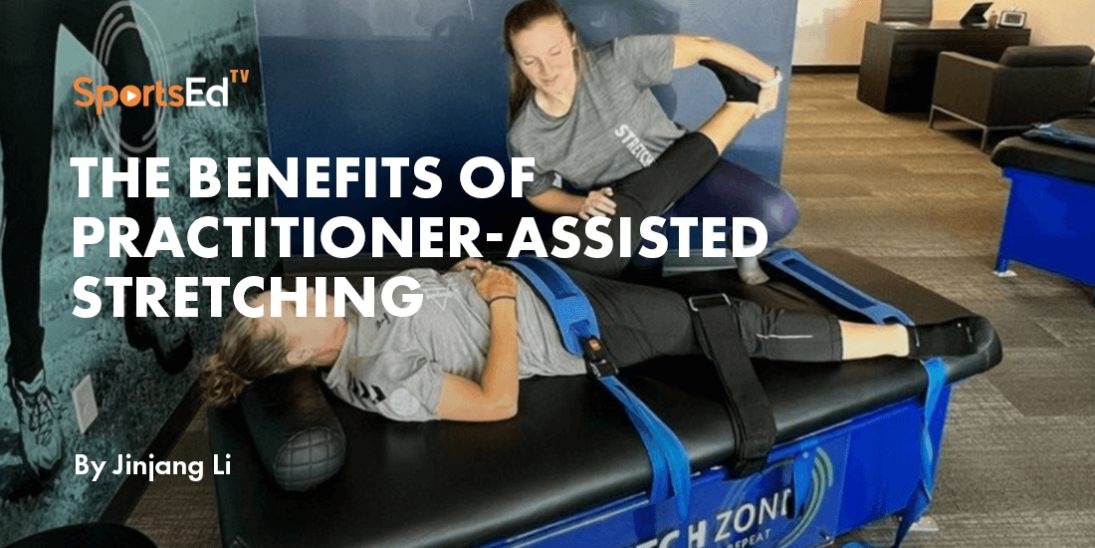Health, Pickleball
Welcome and thanks for visiting...

Comprehensive Guide to Common Pickleball Injuries and Prevention Strategies
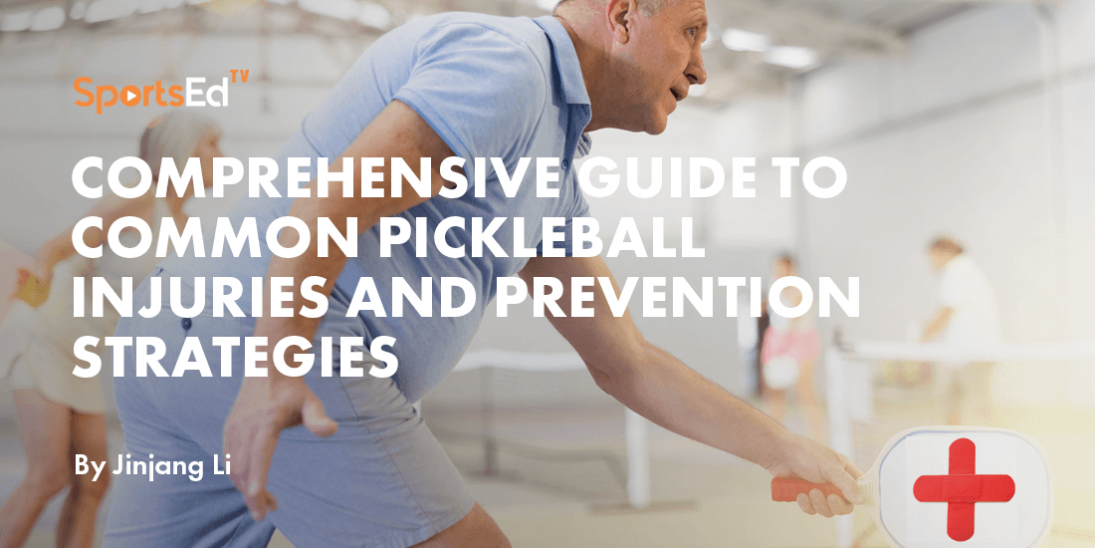
The surge in popularity of pickleball has brought with it a notable increase in related injuries. Players of all ages are experiencing a variety of injuries, from muscle strains and sprains to more serious conditions like fractures. Understanding these injuries and how to prevent them is crucial for anyone involved in the sport.
Understanding the Risks
Pickleball's accessible nature can sometimes lead players to underestimate the physical exertion involved. The sport requires quick lateral movements, sudden stops, and frequent overhead swings, which can strain various parts of the body. Injuries range from acute fractures and sprains to overuse injuries like tendinitis and chronic tendon problems.
Comprehensive Injury Prevention
1. Proper Warm-up and Cool Down
Engaging in a proper warm-up before playing is critical. This includes dynamic stretches such as lunges, arm circles, and knee lifts, which help to increase blood flow and muscle temperature, reducing the risk of injuries. Cooling down with light static stretching and a slow walk can help ease muscle tension and prevent stiffness.
2. Gradual Engagement in the Sport
New players should ease into pickleball gradually, starting with shorter sessions and slowly increasing intensity and duration. This approach helps the body adjust to new movements, reducing the risk of overuse injuries like 'pickle elbow'—a type of tendonitis similar to tennis elbow, characterized by pain on the outer elbow due to repetitive wrist and arm movements.
3. Appropriate Gear
Wearing the right shoes is essential. Since pickleball can be played on various surfaces, shoes with good support and grip are crucial to avoid falls and provide stability during the quick, lateral movements the sport requires. Additionally, using a paddle with the correct grip size can prevent strains in the arms and wrists.
4. Cross-Training
Engaging in activities outside of pickleball can enhance overall fitness and reduce injury risk. Cardiovascular exercises such as running, swimming, or cycling build endurance. At the same time, strength training, especially targeting the shoulders, arms, and core, can bolster muscle strength and support the joints used in pickleball.
Resource: Complete Strength Training for Pickleball
5. Recognizing When to Seek Medical Advice
For minor aches and pains, rest and over-the-counter anti-inflammatory medications can be effective. However, for acute injuries, such as potential fractures or severe pain that does not improve with rest, seeking medical attention is necessary. Consulting with a sports medicine specialist or physical therapist can provide targeted treatments and help prevent further damage.
Overview of Pickleball Injuries
As pickleball attracts a broader audience, the physical demands of the game can lead to a range of injuries, particularly due to overuse and the sport's rapid-play nature. Common injuries include:
- Ankle sprains
- Wrist fractures
- Rotator cuff injuries
- Knee injuries
- Muscle strains
- Achilles tendonitis and tears
- Tennis elbow (often referred to as "pickle elbow" in pickleball)
- Concussions
These injuries can result from inadequate preparation, improper equipment, or insufficient physical conditioning.
Detailed Injury Prevention
Ankle Sprains
What Happens: Ankle sprains occur when the ligaments around the ankle are overstretched, often from sudden directional changes or improper landings.
Prevention Tips:
- Footwear: Choose shoes with sufficient lateral support and non-slip soles to prevent rolling your ankles during quick directional changes.
- Conditioning: Strengthen your ankles with exercises like heel raises and elastic band stretches.
- Agility training: Incorporate agility drills into your routine to improve your footwork and reaction time.
Resource: Identify and Treat Sprained Ankles
Wrist Fractures
What Happens: Wrist fractures can result from falls
Prevention Tips:
- Proper technique: Use a grip that minimizes stress on the wrist and learn the correct form for hitting shots.
- Strength training: Engage in exercises that build wrist and forearm strength.
- Protective gear: Consider using wrist guards to provide additional support during play.
Rotator Cuff Injuries
What Happens: These injuries are caused by repetitive overhead activities, which lead to inflammation or tears in the shoulder muscles.
Prevention Tips:
- Warm-up routines: Include shoulder-specific exercises in your warm-up, such as arm circles and gentle stretches.
- Strength exercises: Regularly perform exercises targeting the shoulder muscles, such as wall push-ups and light dumbbell presses.
- Technique adjustments: Reduce the frequency of overhead shots and use proper mechanics when executing them.
Resource: Shoulder Injuries
Knee Injuries
What Happens: Injuries such as ACL tears or meniscus damage occur from sudden twists or excessive force during play.
Prevention Tips:
- Supportive braces: Wear knee supports or braces if you have a history of knee problems.
- Muscle strengthening: Focus on exercises that strengthen the muscles around the knee, including the quadriceps and hamstrings.
- Correct movement: Learn and practice proper techniques for movements that involve the knees, like squatting and pivoting.
Resource: ACL Injuries
Muscle Strains
What Happens: Strains in the back, arms, and legs often stem from overuse, a lack of proper warm-up, or sudden movements.
Prevention Tips:
- Dynamic warm-up and cool-down: Before playing, engage in a dynamic warm-up and a cool-down session afterward, including stretching.
- Gradual intensity: Increase the intensity of your play gradually, especially if you are new to the sport or returning from a break.
- Nutrition and hydration: Ensure you are well-hydrated and consume a balanced diet to support muscle function.
Resource: Upper Body Stretching
Resource: Lower Body Stretching
Achilles Tendonitis and Tears
What Happens: This condition involves inflammation of the Achilles tendon, often exacerbated by repetitive activities like jumping. When the Achilles ruptures, it is a much more serious condition.
Prevention Tips:
- Appropriate footwear: Wear shoes with good heel cushioning to reduce the strain on your Achilles tendon.
- Stretching: Regularly perform stretches for the calf muscles to maintain flexibility.
- Activity progression: Gradually increase your playing intensity to allow your tendons to adapt to new or increased stresses.
Resource: Achilles Injury Prevention
Tennis Elbow (Pickle Elbow)
What Happens: This injury is caused by repetitive arm and wrist movements that overload the tendons.
Prevention Tips:
- Equipment check: Make sure your paddle's grip size is appropriate, and the paddle is adapted to you.
- Playing style: Modify your playing style to avoid repetitive movements that strain the elbow.
- Forearm exercises: Strengthen the forearm muscles with exercises designed to support these tendons.
Resource: Tackling Tennis Elbow
Concussions
What Happens: Concussions can occur from falls, impacts with the ball, or collisions with other players.
Prevention Tips:
- Proper movement techniques: Focus on adequate footwork to avoid falls. Learn how to safely run when a lob or high ball is played (Run laterally and not backward.)
- Situational awareness: Always be aware of your surroundings to avoid accidental collisions.
- Head protection: Consider using head protection if you are particularly susceptible to falls.
Resource: Concussion Awareness
Overheating and Dehydration
What Happens: Overheating and dehydration can lead to serious health issues such as heat exhaustion, heat stroke, muscle cramps, and decreased performance, potentially causing long-term damage if not promptly addressed.
Prevention Tips:
- Play during cooler parts of the day, such as early mornings or late afternoons.
- Wear lightweight, breathable clothing to help regulate body temperature.
- Drink plenty of fluids before, during, and after play to stay hydrated. Electrolyte-enhanced drinks can help maintain salt balance, which is crucial in preventing dehydration and heat-related illnesses.
- Take regular breaks in shaded areas to cool down.
Resource: Electrolytes
Pickleball is an enjoyable and social sport, but like any physical activity, it carries risks. By implementing proper preventive measures, such as appropriate warm-ups, using the right equipment, and maintaining good physical conditioning, players can reduce their risk of injury. Awareness, preparation, and proper technique are key to enjoying pickleball safely and healthily.



